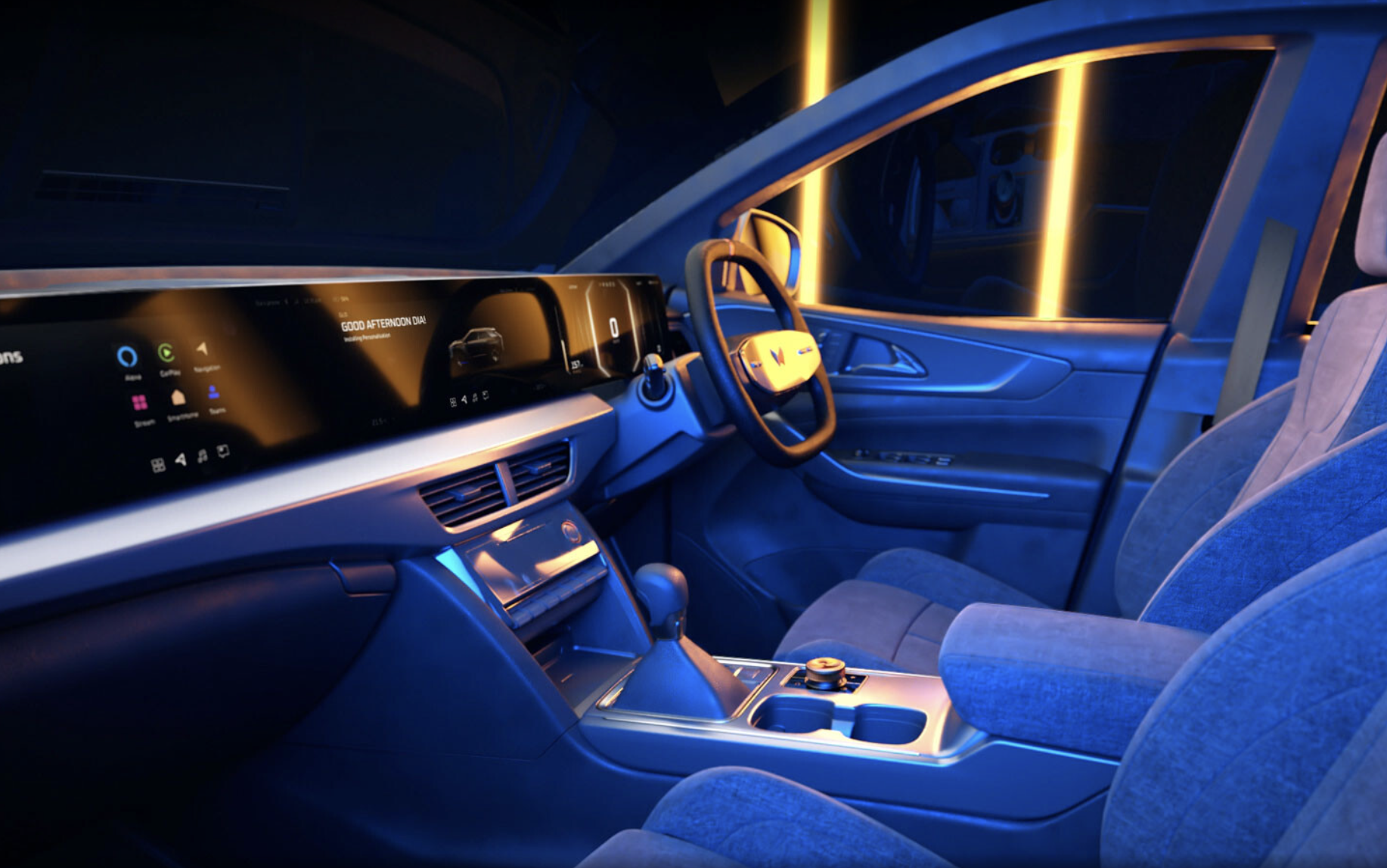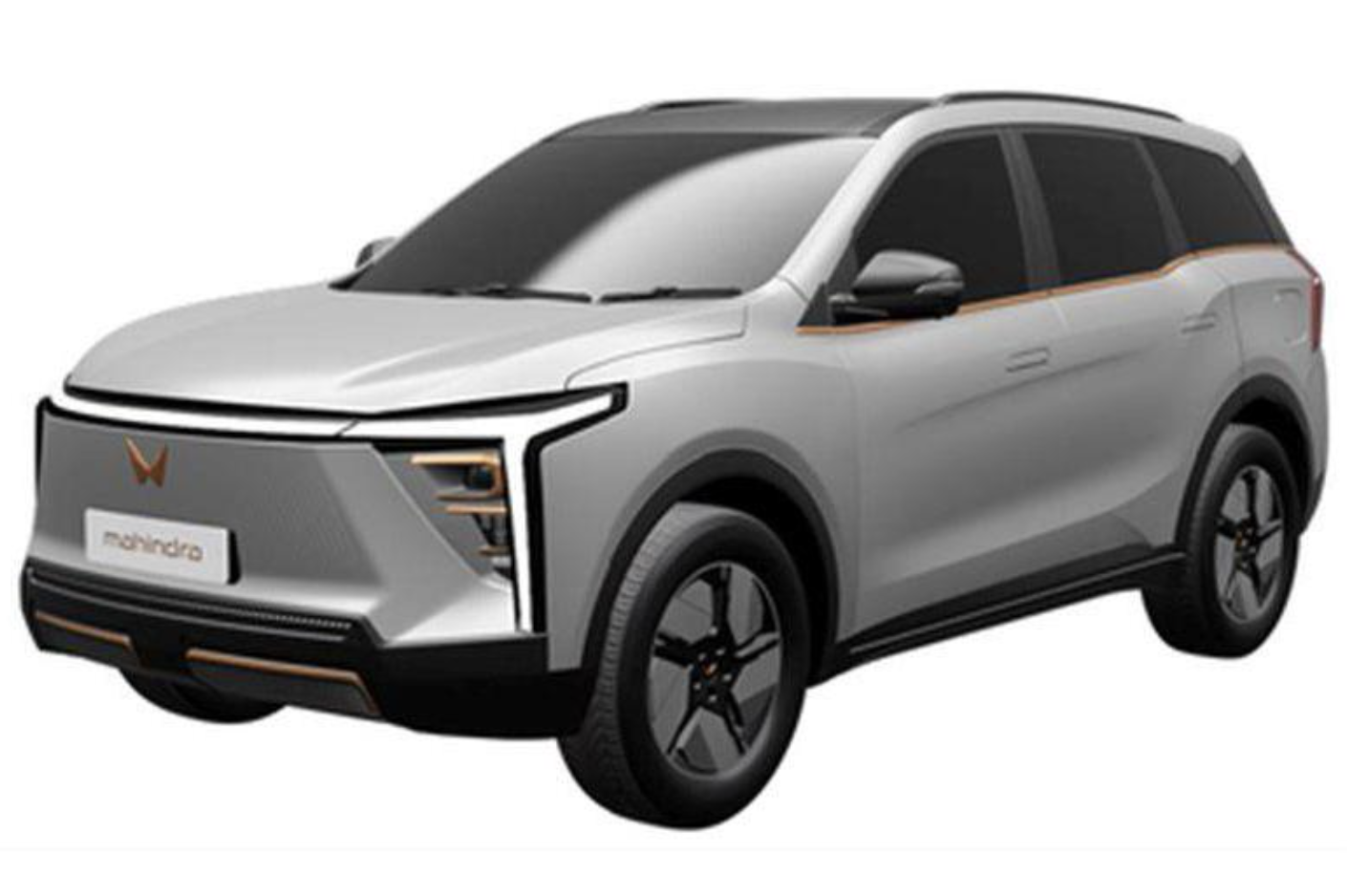Out of India: NZ top of list for electric onslaught
/Mahindra is going all out with electrics - and it’s keen to share with Kiwis ASAP.
HIGHEST priority status has been accorded New Zealand by Mahindra as it kicks into the electric era - meaning an advanced battery-pure seven seater could well be here within two years.
The model stands to be the first in a series utilising Volkswagen technology, a step up from also impending electric versions of internal combustion models, two of which Kiwis are now getting to know and third set to also land next year.
The make’s future electric vehicle plans were outlined to media visiting India last week.
Up to six electric cars using a new platform are releasing for global consumption within the next few years under the ‘Born Electric’ mantle.
Where do we stand for these? Pretty much on pole. Russell Burling, spokesman for New Zealand rights’ holder, Premium Distributors Limited, says discussions with head office this week have enforced NZ is seen as the perfect EV market. Our interest in the technology has resonated in head office in Mumbai.
Mahindra will have a diversity of models in circulation by 2030, and not just SUVs. A big utility is on the way, too.
The conglomerate’s ambition requires a new factory (above), bespoke to EV manufacturing, now under construction. this will locate in the nearby city of Pune, where it has been building internal combustion fare since 2012. The plants are side-by-side.
It’s a big cost gamble for a brand that, at present, only builds right-hand-drive product.
On August 4, day of our departure from India, Mahindra head office announced it had raised $US145 million from Singapore-based global investment company Temasek for its electric vehicle unit at a valuation of up to $US9.8 billion).
Temasek will take up to a three percent stake in the company which last year raised up to $US250 million from British International Investments (BII) at a valuation of as much as $US9.1 billion.
Much is being done at impressive pace. At time of visit to the Mahindra Research Valley, an impressive campus in Chennai, the battery research and development lab was still under construction, yet was nonetheless operational. We dodged builders and painters when viewing the serious work.
More than funding partners are needed for a programme this ambitious.
A component-sharing agreement with Volkswagen, giving access to the German automotive giant’s core electric car platform, called MEB, is another vital ingredient.
All mainstream VW Group electric cars now arriving here - for VW specifically that’s the ID.4, ID.5 and (next year) ID.3, but also Skoda’s Enyaq, the Audi Q4 and Cupra Born all out by September - are MEB cars.
Mahindra’s idea to to electrify existing models currently running internal combustion engines and also create wholly new ones, using MEB hardware.
The models in the first category include the two sports utilities signed up for New Zealand, the XUV700 that we have had in petrol form since February and the Scorpio, a diesel four-wheel-drive, coming this month.
Mahindra’s president for automotive technology and product development, R ‘Velu’ Velusamy outlined a rollout schedule that shows electric XUV700, badged e XUV e8, will be out from the end of next year. The first of its kind are likely already rolling around MRV, as it is the hub for development, to prototype stage, of the BE products.
The leaked patent image (above) seen here has been published across Indian media. It suggests that, looks wise, it doesn’t stray too far from the XUV700, with the same upright silhouette, body creases and retractable door handles. The most notable change is the redesigned front fascia that doesn’t have a traditional grille, a common EV design cue.
It also looks similar to the concept revealed last year alongside four other electric SUVs from the new Mahindra XUV.e and BE sub-brands.
PDL spokesman Russell Burling foresees NZ a perfect market for that electric seven seater SUV. It’s not beyond possibility a coupe version, the XUV.e9, might also be considered.
XUV700 has been selling in NZ since February as a front-drive model with petrol. It also tailors in all-wheel-drive with a diesel, but that variant is restricted to India.
When batteries are included, it proposes as a rear-wheel-drive, with latitude to add a second, smaller electric motor up front to drive the front wheels.
The primary, though, is mounted with the rear axle, feeding from a large underfloor battery, between the wheel sets. VW-supplied cells will be used but the car as a whole is Mahindra designed and engineered.
The other ICE-derived electric incoming is the XUV400 (above). Launched to its home audience last year, it’s drawn off the XUV300 petrol car that was co-developed with South Korea’s SangYong (now KG Motor) during their partnership period, which has now concluded. Their version is the Tivoli.
XUV400 in domestic market form runs a 110kW and 310Nm motor and offers up to 456km of range from a 39.4kW lithium-ion battery. There’s no suggestion this will change for export.
Additionally, the Thar - the rugged off-roader that, because of its Wrangler-esque look, rankles Jeep to point of it having taken litigation - the PikUp utility and perhaps even a Hilux-competing one-tonne ute said to be close to unveiling appear in line for electrification.
Mahindra is also using MEB as a basis of its a new pure EV platform, a lightweight architecture it is calling INGLO.
These will have the BE designation: Already signalled are e BE.05, BE.07 and BE.09, all out by 2026. Outputs of between 170 and 290kW have been mentioned. Up to 80KWh of battery capacity and up to 175kW of fast charging is also cited.
India's car market is tiny compared to its population and electric models comprise one percent of the total annual car sales of about three million. But the national government wants to grow this to 30 percent by 2030.
Mahindra executives continue to insist the focus is to first get EV products out to the domestic Indian market.
Joydeep Moitra, the regional head of Mahindra Automotive, says this is why there are still no absolute timelines for the EV share to us. Nothing has changed since he spoke to MotoringNZ.com about this at the XUV700’s launch event in NZ in February. However, there’s no suggestion, either, that we won’t see them. Mahindra understands that Kiwi hunger for EVs is strong and it wants to feed it.
At same token, everything suggests home demand could be massive, too. It’s predicted battery-powered vehicles could account for for “25 to 30 percent” of India's new-car market by the end of the decade. That’s one million cars a year.
Why no mention of hybrids? Because it’s not bothering with that familiar stepping stone. There’s no point.
Says Moitra: “We have chosen to make the direct leap. No intermediate steps. Our aspiration is to be a very well-known SUV brand with a full range of both ICE as well as EVs.”
XUV.e8
Launch: December 2024
Dimensions: L x W x H: 4740 x 1900 x 1760 mm
Wheelbase: 2762 mm
XUV.e9
Launch: April 2025
Dimensions: L x W x H: 4790 x 1905 x 1690 mm
Wheelbase: 2775 mm
BE.05
Launch: October 2025
Based on: INGLO Platform
Dimensions: L x W x H: 4370 x 1900 x 1635 mm
Wheelbase: 2775 mm
BE.07
Launch: October 2026
Dimensions: L x W x H: 4565 x 1900 x 1660 mm
Wheelbase: 2775 mm
BE.09
Launch: TBC
Dimensions: TBC
The writer visited India as a guest of Mahindra, with travel, accommodation, meals and a small gift provided.























